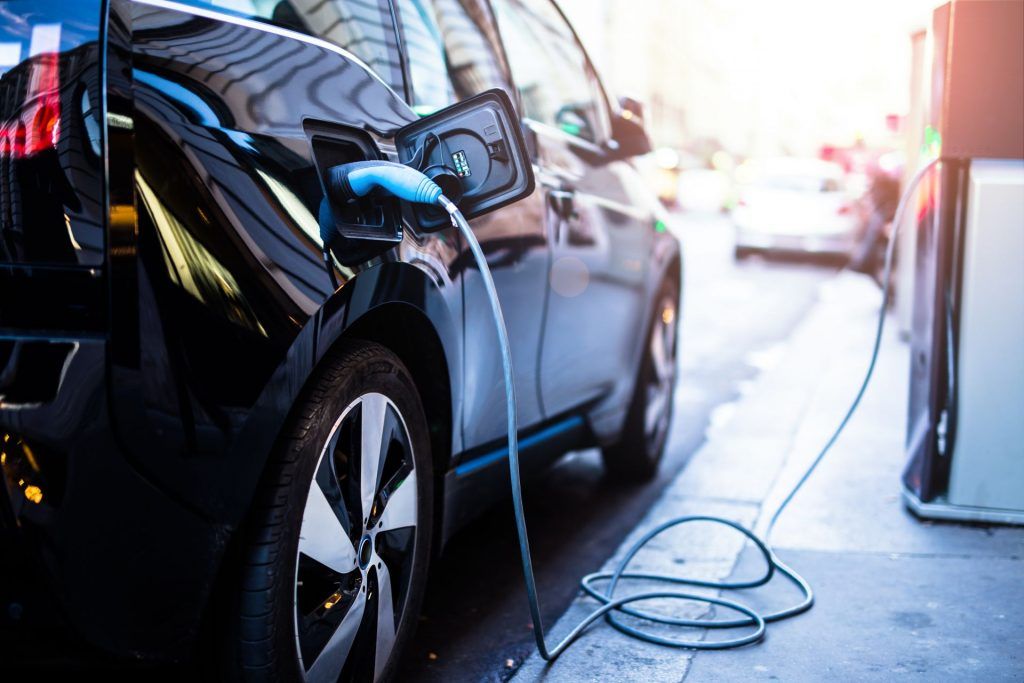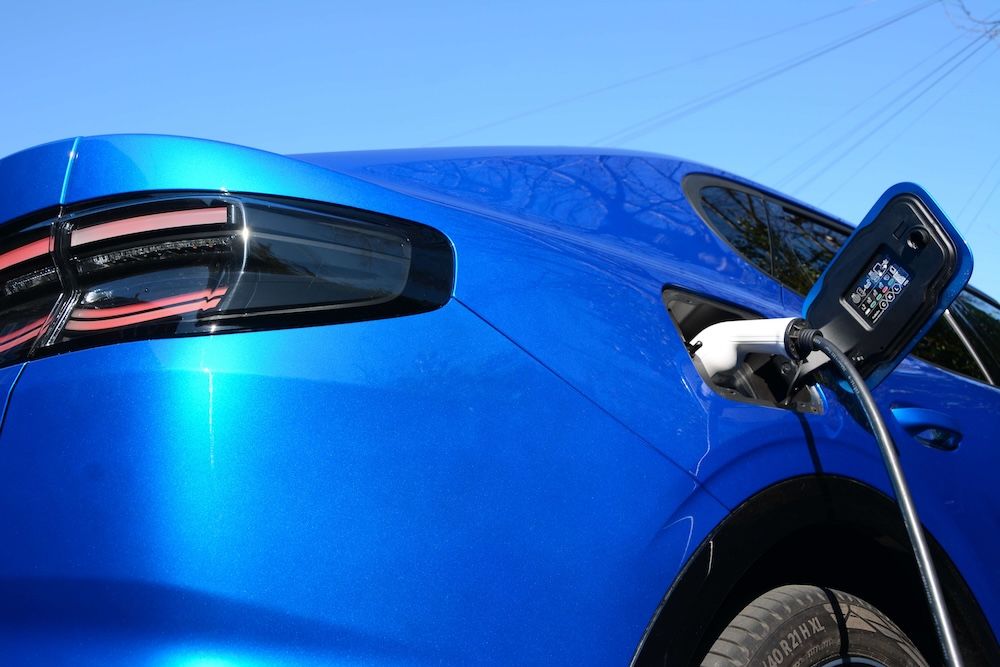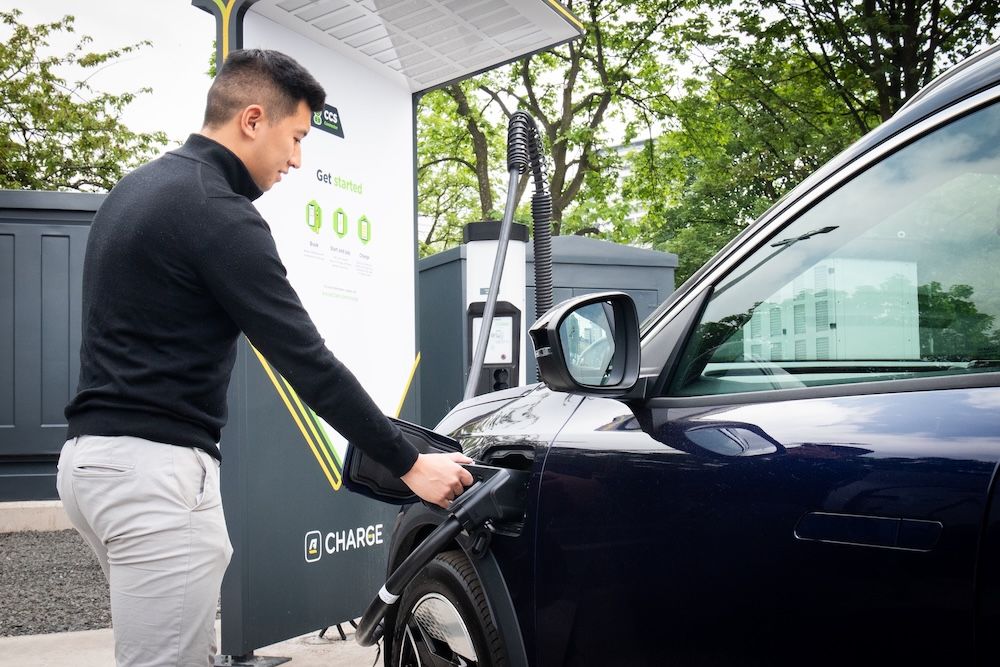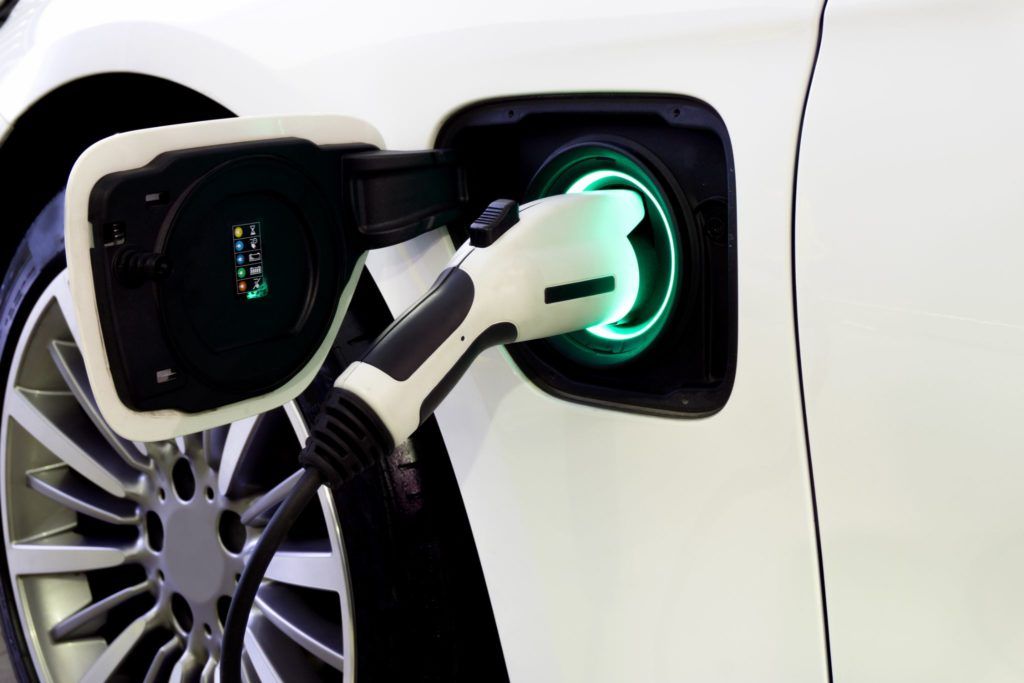Using data provided by the electric vehicle and charging point platform, Zap-Map, the government has revealed the growing numbers of public electric vehicle charging devices available in the UK.
The statistics reveal that as of 1 July 2021:
- there were 24,374 public electric vehicle charging devices available in the UK
- of the total devices available, 4,551 were rapid chargers.
In the second quarter of 2021 (April to June):
- available devices increased by 1,584, up 7% on the previous quarter (January to March 2021)
- rapid devices increased by 292, an increase of almost 7% on the previous quarter
- there was an increase in both total and rapid devices across all regions over the previous quarter.
Since 2015, the number of public devices has grown by an average of 44% per year. Rapid charging devices have increased at a much higher rate, with an average annual increase of 62%, but despite this growth there is an uneven geographical distribution of charging devices within the UK, with some UK local authorities having bid for government funding, whereas others have not.
Most of the provision of this charging infrastructure has been market-led, with individual charging networks and other businesses choosing where to install their own charging devices.
Perhaps unsurprisingly, London as its own region leads the way with 83 public charging devices per 100,000 of population, followed by Scotland with 47, the South East with 35; North East 33; South West 30; Wales 29 and West Midlands 27.
Statistics of public rapid charging devices per 100,000 of population by UK country and region reveal that Scotland leads the way with 12; North East 7.8; South East 7.7; West Midlands 7.2; London 6.8 and the South West 6.6.
The data reveals that all regions in the UK saw an increase in total and rapid charging devices between April and July 2021.
The West Midlands has seen the greatest total increase in devices, increasing 20.6% from last quarter, corresponding to an additional 272 devices. This regional growth is boosted by an increase in device numbers in Coventry, where the total number has increased by 160.
In contrast, the smallest quarterly growth in devices has been in Northern Ireland, with numbers increasing by only 0.9%. This is followed by Yorkshire and the Humber, which has seen a total growth of 2.6%.
The number of available rapid devices has increased most noticeably in Wales, which has grown by 23.7%. However, Wales still has the lowest level of rapid device provision in Great Britain, with 4.4 devices per 100,000 population.
The South East has seen the lowest quarterly growth in rapid devices at 1.1%, followed by Yorkshire and the Humber at 2.7%. Northern Ireland had the smallest increase in the number of rapid devices in the UK, with only 1 additional rapid device over the last quarter.
*Charging device location data was sourced from EV charging platform Zap-Map and represents devices reported as operational at midnight, 1 July 2021. Zap-Map reports that they cover 95% of publicly accessible devices. True counts are therefore likely to be higher and it is also possible data coverage is better in some geographical areas than others.
Image: Shutterstock








